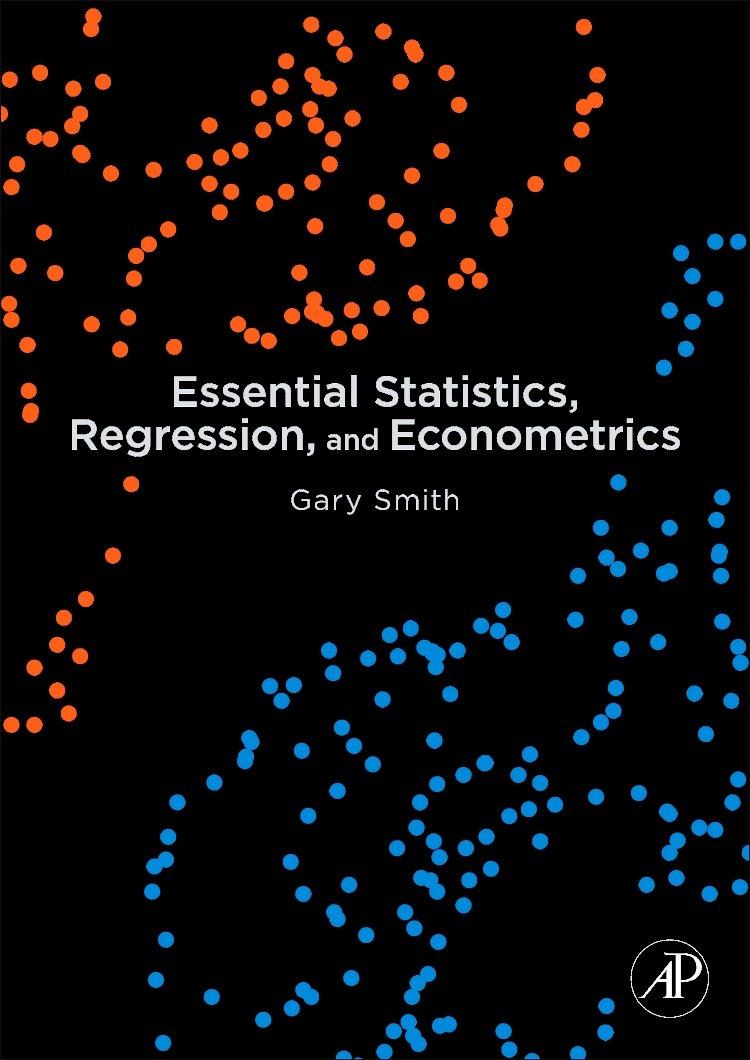The American Coinage Act of 1792 specified that a gold $10 eagle coin contain 247.5 grains of
Question:
The American Coinage Act of 1792 specified that a gold $10 eagle coin contain 247.5 grains of pure gold. In 1837, Congress passed a law stating that there would be an annual test of 1 coin and 1,000 coins, with the Mint failing the test if the weight of the single coin was more than 0.25 grains from 247.5, either above or below, or if the average weight of 1,000 eagle coins weighed as a group was more than 0.048 grains from 247.5, either above or below. If the weight of a single coin is normally distributed with a mean of 247.5 grains and a standard deviation σ, is the Mint more likely to fail the test of a single coin or the test of the average weight of 1,000 coins?
Fantastic news! We've Found the answer you've been seeking!
Step by Step Answer:
Related Book For 

Essential Statistics Regression And Econometrics
ISBN: 9780123822215
1st Edition
Authors: Gary Smith
Question Posted:





